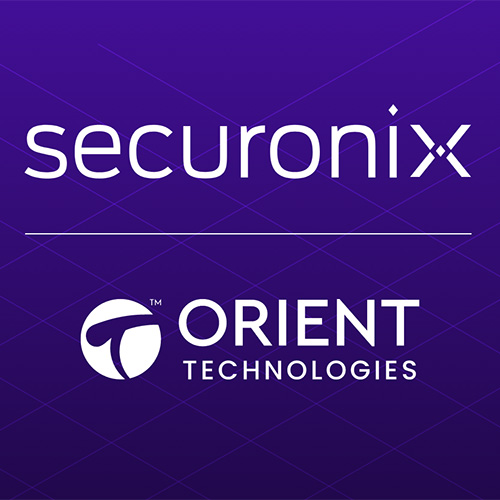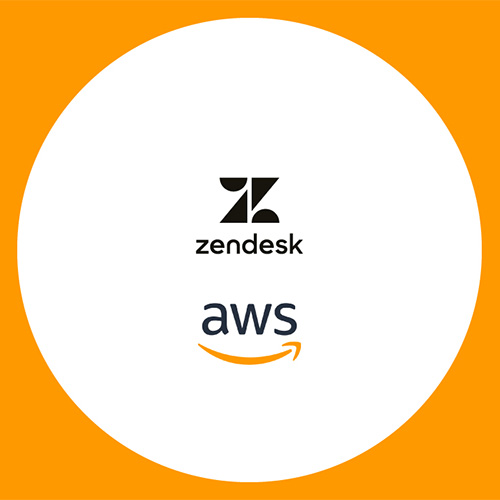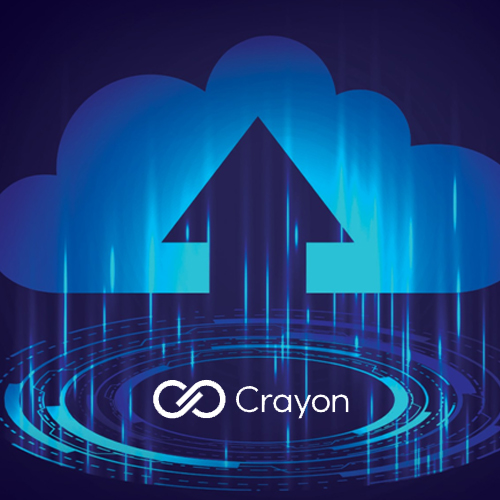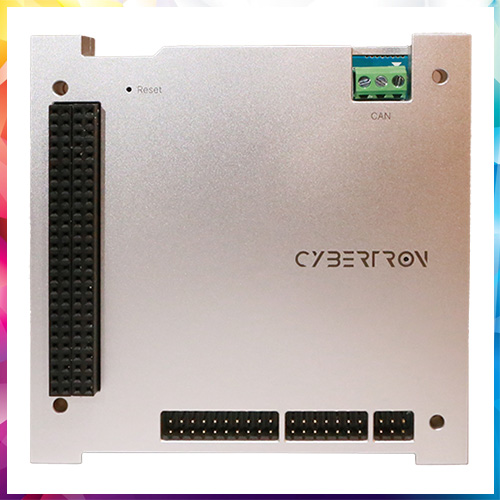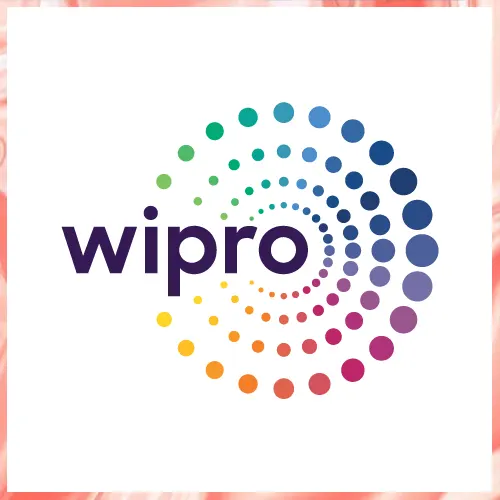
Blockchain technology can assist digital identity management by replacing traditional identity and access management strategies with blockchain counterparts. Whereas, Digital identity plays an essential role in the information security architecture of every organization. It is an online or networked identity accepted by the organization’s security layout for data and device access. The aim of implementing digital identity is to maintain and ensure information security in the organization.
Blockchain technology provides an infrastructure where data cannot be deleted, manipulated, or hacked due to the data being stored in blocks with fixed storage capacity and encryption. Incorporating digital identity with blockchain technology is crucial for the growth and viability of the digital economy. A shocking survey reveals, Digital identity is vulnerable and can be easily compromised when stored on a centralized server. The employees/individuals register themselves by providing accurate data required for authorization and authentication on various platforms. The data entered is stored in different databases on multiple platforms.
Data is changed for several reasons, such as the other user or mobile numbers or changes in bank details; therefore, the information isn’t the same across all the databases. The traditional identity management methods have various usability, privacy, security, and globalization issues. With data driving the world today, digital identity is critical to most business and social transactions.
It is very much important to understand how weaknesses in the current system have manifested. The internet was originally designed as a peer-to-peer, decentralized web of connections, meaning that any user could communicate and connect with any other user without relying on an intermediary. As the internet became increasingly privatized, however, third party intermediaries emerged and became more fundamental to the internet’s structure. The existing Identity management system is not that secure, reliable, distributed and trustworthy.
All these systems containing digital information are vulnerable to getting hacked or sometimes act as a malicious entity if the data is altered on central servers. Data breaches, including confidential data, are happening regularly. Blockchain on the other hand is one of the most emerging technologies that has gained a lot of attention in the past 5–6 years. Blockchain can address most of the issues with the existing identity management system. Decentralized digital identity systems are on the rise. Almost everyone is switching from the traditional identity management systems to Blockchain-based digital identity systems, which may develop to a greater extent in the near future, with many more advantages.
It provides a potential solution to the problem outlined through enabling people to store data on a blockchain, rather than hackable servers. As the technology matures, solutions will evolve and can achieve the best interfaces with robust security.
See What’s Next in Tech With the Fast Forward Newsletter
Tweets From @varindiamag
Nothing to see here - yet
When they Tweet, their Tweets will show up here.






